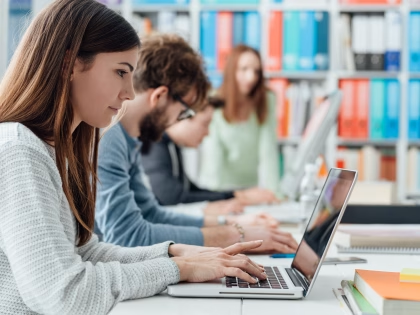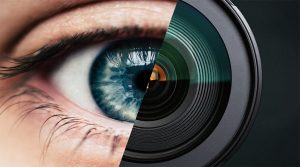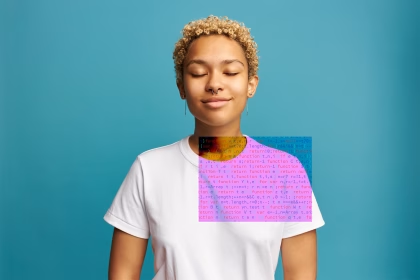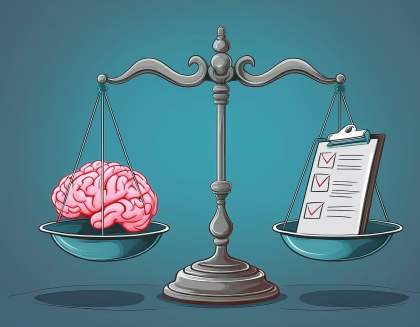iMotions Mobile is currently in a closed beta and is not available to the public at this time. If you would like to learn more about what is currently possible with iMotions Mobile and where we are headed please don’t hesitate to contact us.
The human brain is an amazing entity, perhaps the most complex object in the universe. With 100 billion neurons each connected to 10,000 other neurons, it has the ability to constantly adapt to ever-changing and often unpredictable environments, perceiving, understanding, and reacting instantaneously. The foundation of this is the brain’s ability to synthesize continuous, real-time feedback across all of the senses in order to make choices (often nonconsciously) that fit within an individual’s beliefs, goals, motivations, etc.
This incredible adaptability is the excitement of behavioral research and the challenge in conducting it – something you probably experience every day. That is to say that research must be conducted on the brain’s terms, not necessarily on ours. And that necessitates getting out “in the wild” – in some cases – to understand all of the variables that impact human behavior.
That doesn’t discount the value of lab-centered studies, which have great utility in terms of controlled variables and a wider range of integrated technologies. But there are times when a lab, in an attempt to mimic the real world, fails to capture some of the deep and nuanced insights.
Features of the Mobile Research Platform
It’s why our partners are excited about the initial testing of our Mobile Research Platform – a new core element to our full-suite platform that includes a Desktop Solution for lab studies and Online Data Collection, which is proving invaluable during the current pandemic.
The Mobile Research Platform integrates wearable technology with sensors and data logs embedded in smartphones to capture the human experience as it’s happening. These platforms permit a fine-grained, continuous collection of people’s behaviors. They’re enhanced with the capability to embed and trigger various surveys and questionnaires that capture conscious feedback in the moment before the memory has a chance to deteriorate or evolve.
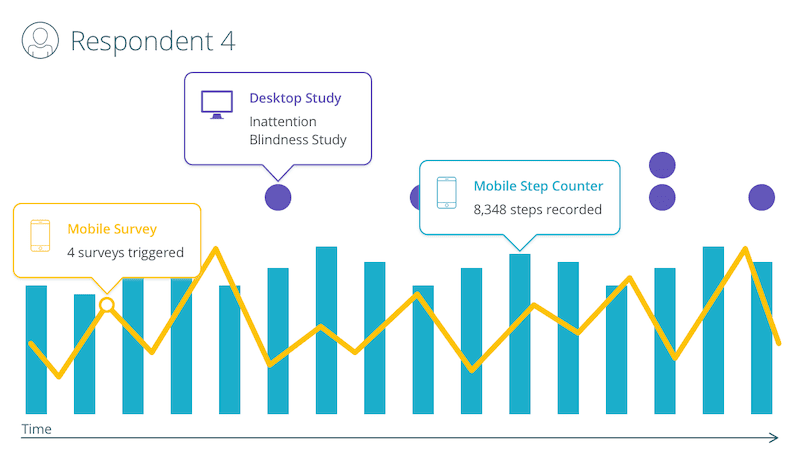 Figure 1: Examples of data streams that you can collect
Figure 1: Examples of data streams that you can collect
The immense value of this platform lies in its inherent characteristics: portable, unobtrusive, affordable, easy to acquire and ubiquitous (considering that 3.6 billion people worldwide own a smartphone). Time and environment no longer are obstacles that must be overcome, but rather variables that can be embraced. The data collected with the various components of the iMotions ecosystem can then be combined for analysis. We have the vision to build tools to streamline the process, in order to make it easy to work on your data, no matter if it was collected in the lab, online, or in the field.
The use cases
The use cases are innumerable, with every industry having a unique perspective on the ultimate opportunity and value. But we think there are four broad categories for which the Mobile Research Platform is either the solution or a significant complement to other methods.
Wearables
The wearable device revolution remains in its infancy, even if everyone seems to have a FitBit or Apple Watch. According to IDC, global shipments in 2020 are expected to reach nearly 400 million, expanding to more than 600 million by 2024, and this growth will include the expansion of capabilities and measures. With our open API, researchers can integrate any wearable on the market – now or down the road – to provide insight and specific measures.
The ability to track biosignals in real life allows researchers to go into the wild. We tested this with eye tracking glasses (Pupil Labs Invisible) and a Heart Rate monitor, to measure physiological reactions and attention while riding a bike in Copenhagen. The iMotions Mobile Research Platform supports this type of research application that can lead to better insights into city infrastructure and policies to help alleviate stress and accidents (see video below).
Further, researchers who have, or are developing, hardware platforms specific to their needs, can integrate them alongside other wearables, smartphones and eye tracking to see a deeper picture. Consider the case of researchers who have developed a high-tech glove for Parkinson’s research to better understand tremors. Rather than focusing time on developing software, or missing opportunities to see a bigger picture with adding other tech, they can focus on their hardware development.
Timing and relevance
It would be nice if key moments of insight could be scheduled. Unfortunately, it doesn’t work that way. These moments happen on the brain’s timeline.
Consider the impulse purchase and the triggers that influenced it. Better yet, consider the study or treatment of addiction. Regular check-ins, however frequent, still create an immense knowledge gap and ultimately missed opportunities for intervention. It’s what happens in between that is so vital.
To look at cravings – the impacts on them, the biomarkers that predict them, and the opportunities to intervene – you must look over a broad swath of time and understand all of the environmental impacts. Ongoing physiological responses. Heart rate patterns. Sleep. Family. Job. You can only get so much information via a questionnaire or behavior in a lab or office. Data in the moment will allow researchers to implement solutions that take place in those moments.
Environment
In many cases, labs can be set up to mimic the real world in as much as is necessary to gather relevant information – particularly early R&D. But there are clear cases when researchers cannot assess human behavior without being in the environment. For Consumer Packed Goods companies, this could be the actual use of products (and/or where manuals are tripping up consumers). For advertisers, it could be engagement with mobile ads when faced with all of the other distractions. For restaurants, it may be seeing how people interact with the menu in such a short, distracted, and yet collaborative environment (“Hey, what are you having?”).

Perhaps nowhere is this clearer than in travel and hospitality where, particularly on the consumer side, inspiration, decision-making, and experience are so emotionally driven. You can’t replicate experiencing a hotel’s amenities, an airline’s first-class cabin, or a cruise ship’s activities. By seeing moment-by-moment reactions, researchers can optimize all of these experiences.
Healthcare research
Neurological and neurodevelopmental disorders such as Parkinson’s disease, Alzheimer’s disease, chronic pain, and Autism Spectrum Disorder exhibit emergence and changes in symptoms over long periods of time. Detecting such changes early is paramount in order to be able to intervene timely. Our solution based on wearable sensors has the potential to allow for this kind of long-term monitoring and can support researchers in better understanding such trends by collecting data using sensors while the patients go about their daily lives.
Read more in our Case study with Epilepsy
The ultimate goal of the research is to see things as they happen, regardless of when they happen or where they happen. The Mobile Research Platform provides the ability to consider that and do so in a way that can always be integrated with the latest technology.





